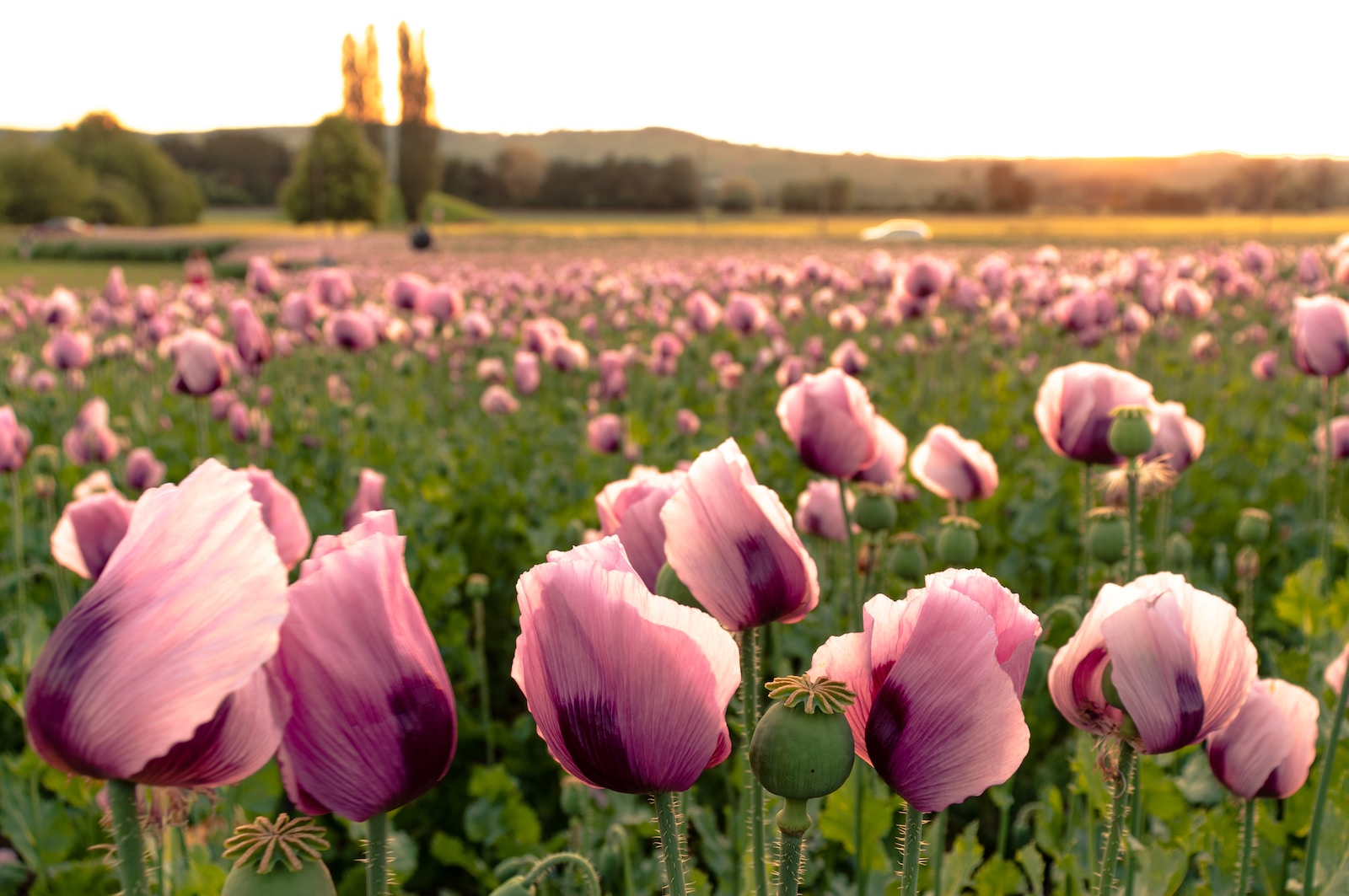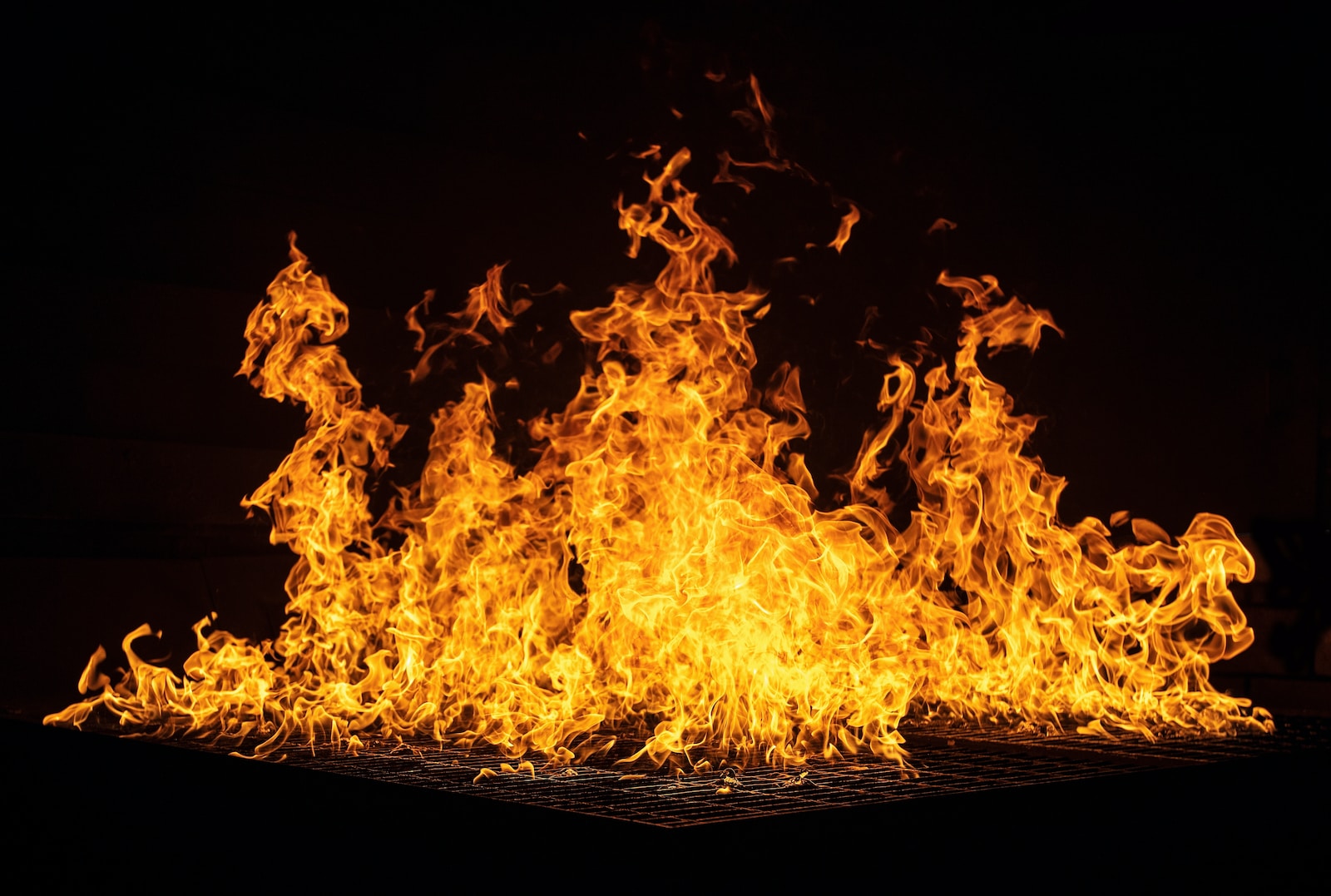Welcome to my blog, where we will delve into the power of leading lines in photography. Join me as we explore how these lines can guide the viewer’s eye and create a visual journey within an image. Discover how leading lines can enhance the overall impact of a photograph, drawing attention to important elements while creating a sense of depth and movement. Let’s unlock the potential of leading lines together and take our photography to new heights.
Table of Contents
What are Leading Lines?
Leading lines are compositional elements within a photograph that guide the viewer’s gaze and create a visual path towards the main subject or focal point. These lines are often found in the form of straight lines, curves, diagonals, or even repeating patterns that draw the eyes into the frame.
Directional Cues and Visual Flow
Leading lines play a crucial role in establishing the visual flow of an image. By strategically placing lines within the frame, photographers can control how viewers explore the scene. Diagonal lines, for example, add energy and dynamism to the composition, while horizontal lines evoke a sense of calm and stability. Understanding how these directional cues influence the viewer’s perception allows photographers to create more powerful and engaging images.
Leading Lines as Photography Guidelines
Leading lines serve as valuable guidelines for photographers to compose visually captivating images. When used effectively, they can draw attention to specific elements, emphasize depth, and create a sense of three-dimensionality. By incorporating leading lines into their compositions, photographers can add layers of visual interest and guide the viewer’s eye to exactly where they want it to go.
Leading Lines in Different Settings
Leading lines can be found in various settings and environments, both natural and man-made. From architectural structures such as staircases, bridges, and roads, to natural elements like rivers, pathways, and tree branches, there is an abundance of opportunities to capture the power of leading lines in different genres of photography. Understanding how to identify and utilize leading lines in various settings opens up endless artistic possibilities.
Enhancing Depth and Perspective
One of the key advantages of leading lines is their ability to add depth and perspective to an image. By incorporating converging lines that recede into the distance, photographers can create a sense of dimension, making the viewer feel as if they are stepping into the frame. This technique is particularly effective in landscape photography, where leading lines can lead the viewer’s gaze towards distant mountains or endless horizons, evoking a feeling of vastness.
Fun Fact: The concept of leading lines in photography has been derived from principles used in painting and drawing since ancient times. Artists have long used lines to create movement and direct the viewer's attention.
Exploring Different Types of Leading Lines
Leading lines come in various forms, each offering unique creative opportunities. Curved lines, for instance, can add a sense of grace and fluidity to an image, while zigzag lines can create a sense of tension or excitement. Vertical lines, on the other hand, can evoke a sense of strength and stability. Exploring and experimenting with different types of leading lines allows photographers to discover their own style and create images that resonate with their artistic vision.
Utilizing Leading Lines in Composition
Knowing how to effectively incorporate leading lines into the composition is key to producing visually compelling images. Placing the lines off-center or using them to guide the viewer towards the main subject can create a more dynamic and balanced composition. Additionally, combining leading lines with other compositional techniques such as the rule of thirds or the golden ratio can further enhance the overall impact of the image.
Post-Processing and Emphasizing Leading Lines
While leading lines can be powerful on their own, post-processing techniques can be used to further emphasize and enhance their impact. By adjusting contrast, sharpening, or utilizing selective editing tools, photographers can bring out the lines’ intensity, making them even more prominent within the image. Post-processing techniques can provide the finishing touches to ensure the leading lines take center stage and beautifully guide the viewer’s eye.
Wielding the power of leading lines in photography allows us to create visually captivating images that engage and guide the viewer’s eye. By understanding the different types of leading lines, utilizing composition techniques, and using post-processing tools effectively, photographers can elevate their work to new levels. So, pick up your camera, start exploring the world of leading lines, and let your creativity and vision shine through.
Wielding the Power of Leading Lines
Have you ever wondered how some photographers are able to capture such captivating and visually stunning images? One of the secrets lies in the use of leading lines. These powerful compositional elements have the ability to direct the viewer’s eye, creating a pathway that leads to important elements within the frame. By incorporating leading lines in your photos, you can enhance the overall effect and impression of your images. In this post, we will delve into the concept of leading lines and discuss how to effectively use them in your photography.
Understanding Leading Lines
In the world of photography, leading lines refer to lines or elements within a photo that guide the viewer’s eye towards a specific point of interest. They can be straight or curved, horizontal or vertical, and can be found in various forms, such as roads, fences, bridges, buildings, or even natural elements like rivers or tree branches. Leading lines act as directional cues, drawing the viewer’s attention and guiding them through the image.
The Benefits of Using Leading Lines
When used correctly, leading lines can greatly enhance the impact of your photos. Here are some key benefits of incorporating leading lines in your compositions:
- Creating Depth: Leading lines can add depth and dimension to an image, making it more visually interesting and engaging. They can give the illusion of depth by leading the viewer’s eye from the foreground to the background, creating a sense of distance.
- Guiding the Eye: Leading lines can direct the viewer’s eye towards a specific subject or element of interest within the frame. By controlling the viewer’s gaze, you can ensure that the intended subject is the focal point of the image, resulting in a more impactful composition.
- Adding Structure: Leading lines can provide structure and balance to your photos, helping to organize the elements within the frame. They can act as visual pathways, leading the viewer’s eye through the image in a structured and organized manner.
- Creating a Sense of Movement: Leading lines can also create a sense of movement or flow within an image. They can guide the viewer’s eye along a specific direction, evoking a feeling of motion or action. This can add dynamism and energy to your photos.
Tips for Using Leading Lines Effectively
Now that we understand the importance and benefits of leading lines, let’s explore some practical tips and techniques for using them effectively in your photography:
- Look for Natural Lines: Pay attention to natural lines and elements in your environment, such as roads, paths, fences, or rivers. Incorporate these lines into your composition to guide the viewer’s gaze.
- Explore Different Angles: Experiment with different shooting angles and perspectives to make the most of leading lines. Change your position or camera height to emphasize the lines and create a more dynamic composition.
- Combine Leading Lines: Don’t be afraid to combine multiple leading lines in one image. Multiple lines can work together to create a more complex and visually appealing composition.
- Consider the Rule of Thirds: When incorporating leading lines, consider placing them along the rule of thirds grid for a more balanced and aesthetically pleasing composition.
By implementing these tips and techniques, you can harness the power of leading lines to create visually striking and impactful images. Start looking for leading lines in your surroundings, and experiment with incorporating them into your compositions. With practice and creativity, you’ll soon wield the power of leading lines like a master photographer.

Frequently Asked Questions
What are leading lines in photography?
Leading lines are compositional elements that direct the viewer’s eye towards a specific point of interest within an image. They can be actual lines, such as roads, bridges, or fences, or implied lines, like a row of trees or the edges of a building. These lines act as visual cues, guiding the viewer’s gaze and creating a sense of depth and movement within the photograph.
How do leading lines enhance a photograph?
By utilizing leading lines, photographers can create a sense of depth and perspective, leading the viewer’s eye towards the main subject or focal point of the image. This technique helps to establish a clear visual pathway and adds a dynamic element to the composition, making the photograph more engaging and impactful.
What are some common types of leading lines?
There are various types of leading lines that photographers can incorporate into their compositions. These include:
- Straight lines, such as roads, railways, or architectural elements
- Curved lines, like winding paths or rivers
- Diagonal lines, which create a sense of movement and energy
- Converging lines, where multiple lines converge towards a common point
How can I find leading lines in my surroundings?
Leading lines can be found almost anywhere once you start looking for them. Explore your environment and pay attention to elements such as roads, alleys, bridges, fences, or natural formations like trees or rocks. Look for lines that naturally guide the eye towards interesting subjects or create a strong visual impact.
How can I effectively utilize leading lines in my photography?
To make the most of leading lines, consider the following tips:
- Position yourself to align the leading lines with your main subject or focal point
- Experiment with different angles and perspectives to enhance the impact of the lines
- Use leading lines to create a sense of depth and dimension in your composition
- Pay attention to the relationship between the lines and other elements in the frame
- Consider the visual flow created by the lines and how it guides the viewer’s eye
- Play with different post-processing techniques to further emphasize the leading lines
Wrap Up
Leading lines are a powerful tool in photography, guiding the viewer’s eye and creating a visual path to important elements within an image. By utilizing directional cues and following photography guidelines, you can enhance the overall impact and impression of your photographs.
Remember, leading lines can be found everywhere, from natural landscapes to urban cityscapes. Experiment with different angles and perspectives to create unique compositions that draw viewers into your images.
Now it’s your turn! Have you tried using leading lines in your photography? What impact did it have on your images? Share your experiences and insights in the comments below. Let’s continue the conversation and learn from each other!



